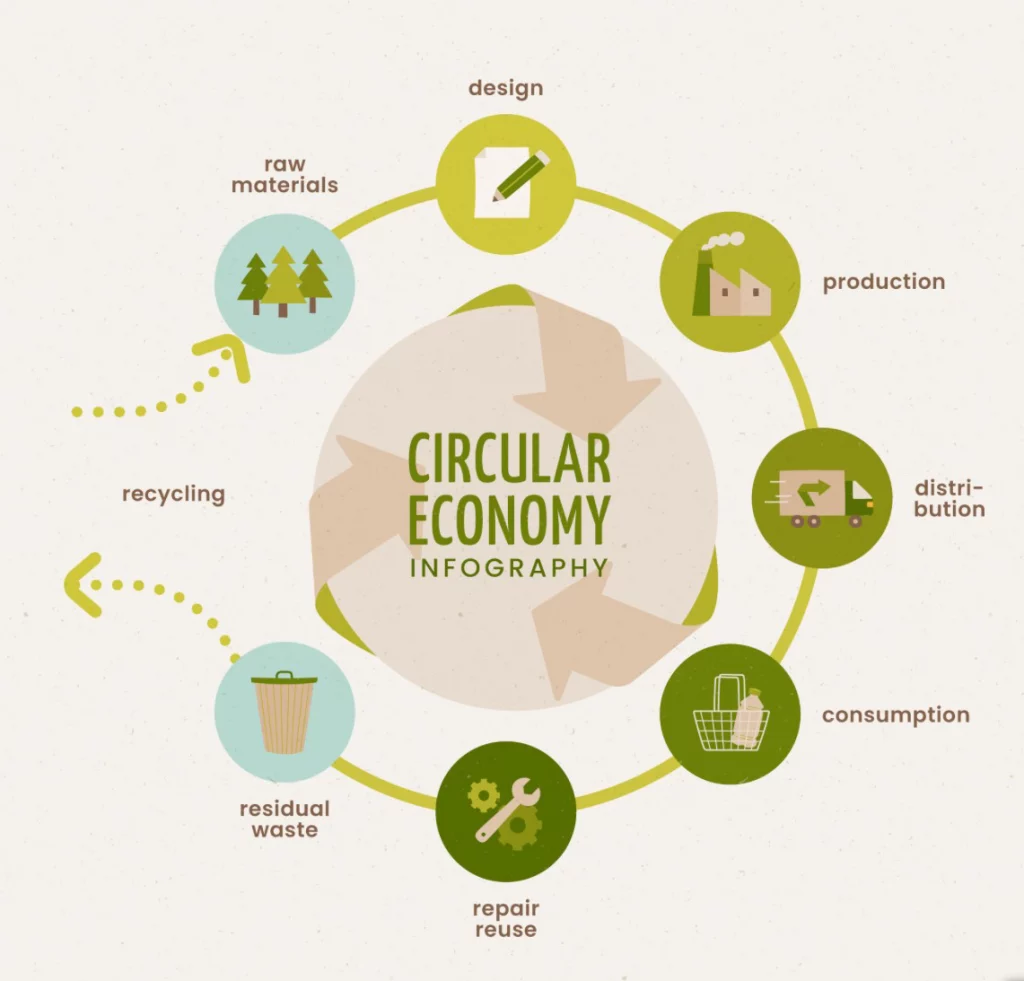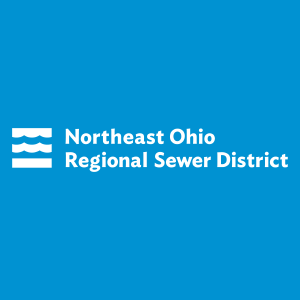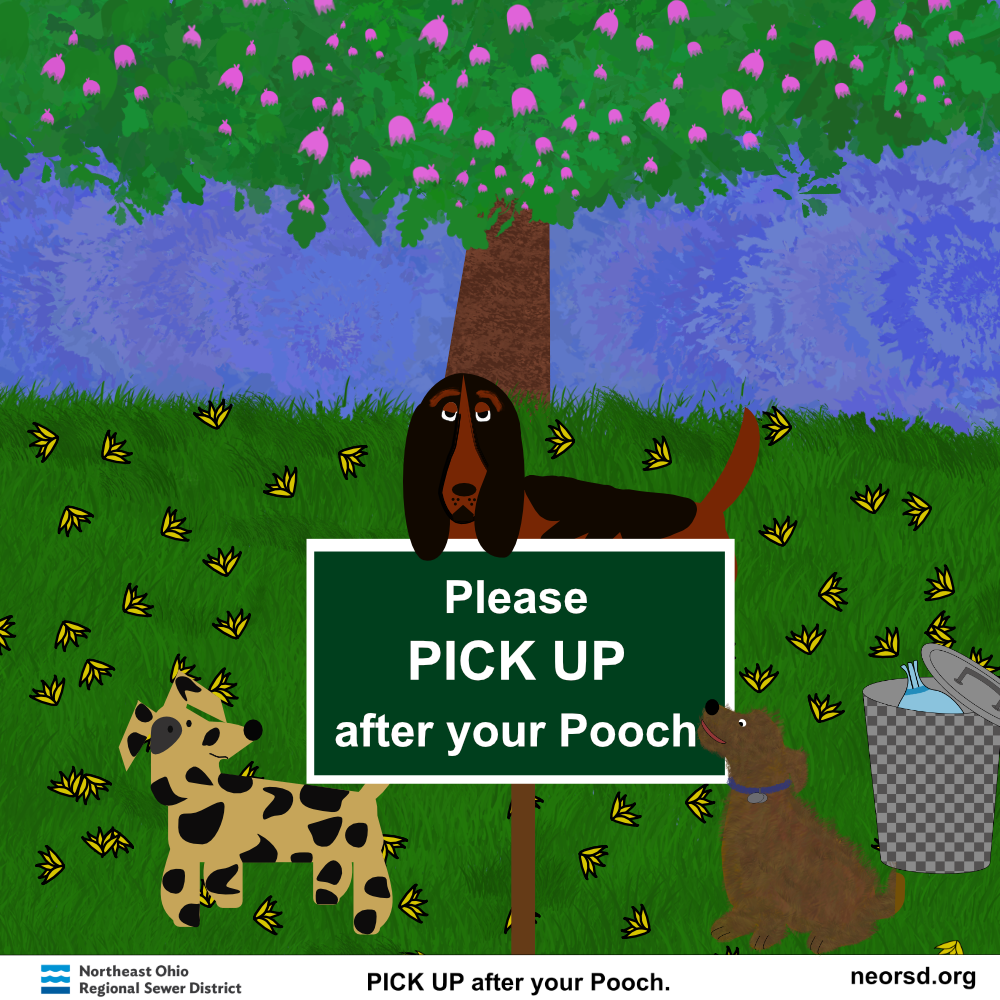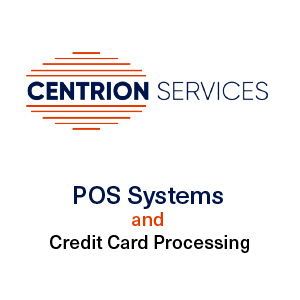What is Linear Economy?
A linear economy is the system where we extract resources from the earth, produce and distribute goods, consume, and then dispose of them. In a linear economy, products are not used to their full potential; rather, they are wasted. The linear economy is one of the biggest drivers of climate change as it destroys natural habitats and increases pollution.
An example of an industry in the linear economy is fast fashion. First, raw materials are extracted, like cotton, fibers, polyester, and nylon. Garments are then produced at a lightning-fast pace, leaving them flimsy and perishable. People buy them, use them for a short period, and they end up in landfills.
Quantifying fast fashion’s impact is the United Nations International News:“[Fast Fashion] consumes vast amounts of water – 215 trillion litres annually, equivalent to 86 million Olympic-sized swimming pools – and relies on thousands of chemicals, many of them harmful to human health and ecosystems”
History of Linear Economy
The concept of linear economy first emerged during the Industrial Revolution – the commencement of the age of mass production. In this era, raw materials were often perceived as “limitless,” drowning the belief that an endless supply was available. The linear economy did have immense benefits, like economic growth. The Industrial Revolution led to an era where goods could be mass-produced for a cheap price, which revolutionized developed countries’ economies and led to explosive population growth.
Families were able to buy the things they needed and wanted at a cheap price, which led them to have more kids, hence the massive baby boom in America from 1946-1964. However, since there were more people, that led to an increased demand for goods, which only fueled the linear economy.
Now the world is starting to see the effects of a linear economy, as it is known that resources are not finite, and the environmental impacts of this system are not worth the convenience. Addressing this issue requires a different style of thinking, one that is not as focused on convenience but still takes into account economic and environmental impacts. That introduces a new system of economics called the circular economy.

https://stimulo.com/en/a-new-economy-circular-design-circular/.
What is the Circular Economy?
The circular economy is a model where products are designed to be repurposed. The original extracted raw materials are then designed to support recycling and refurbishment, for example, making plastic bottles out of a plastic that is recyclable. This model’s main goals are to minimize waste and promote the sustainable use of the limited natural resources on the planet. In a circular economy, there are 5 key phases that each take into account sustainability as well as what it takes to promote a functional economy.
Design
This phase is the most important phase because 80% of the waste in a product is created in the design phase. In a circular economy, products are designed to last longer, be easily repaired, and be constructed from recyclable materials. Products are also created with a modular design, which allows for easy updates and repairs. Circular design considers all aspects of the product development, examining problems from a micro and macro perspective. The micro perspective is the specific user needs of a product, defines the problem, and gains feedback. The macro lens looks at how the product will interact and move across the ecosystem, setting up for the longest-lasting potential.
Production
The second phase of the circular economy is production and manufacturing, which includes remanufacturing. This means that production can create new goods but also adapt products, such as using old working car parts to manufacture a new car. Production focuses on minimizing waste and using recycled materials.
Distribution
Next is distribution, which will include basic distribution but also redistribution. Systems are developed where, once a consumer is done with the product, they can distribute it to someone else. Sharing is a significant characteristic of the circular economy.
Consumer
The consumer phase is when the product is actually being used. Products are meant to last long so the user is spending as much time as possible with their product, and overconsumption is limited. Sharing products reduces waste and demand, and can save consumers money while maximizing the utilization of assets.
Collection
The last phase of the circular economy is collection. In theory, all of the materials in a circular economy are in some way recyclable. Efficient systems must be in place to collect items and to sort waste materials. This also includes composting, refurbishing organic waste back into the environment. Finally, the remaining products are sent back to the design phase and repurposed.
Circulatory System: 3 Core Ideas
- There is no such thing as waste in a true circular economy because everything will become food for another cycle of production. All of nature is circular
- Materials are kept in use for as long as possible and at the highest utility possible.
- Circulators must be designed from the start
Circulator economy might be the key to a sustainable economy, but there’s a long way before we get there. In the meantime, here are some steps you can take in paving the way for circularity…
- When shopping, choose durable and reusable products
- Recycle and compost properly
- Share and rent items
- Foster collaboration
Above all, engage others, spread the circular economy concept with friends and family. Sustainability can only be achieved when in a collective effort – everyone playing a part. We’re not going to get there tomorrow and maybe not even in the next few years, but the collaboration you can foster brings the planet one step closer to a sustainable future.
References
- United Nations. “Fast Fashion fueling Global waste crisis, UN chief warns.” UN News, UN, March 2025, news.un.org/en/story/2025/03/1161636. Accessed 1 Sept. 2025.
- Ellen MacArthur Foundation. “What Is the Linear Economy?” Ellen MacArthur Foundation, 10 Feb. 2023, www.ellenmacarthurfoundation.org/what-is-the-linear-economy. Accessed 1 Sept. 2025.
- Zhou, Yibo.“What Is Circular Design?” Foolproof, 21 Apr. 2022, foolproof.co.uk/journal/what-is-circular-design. Accessed 1 Sept. 2025.












